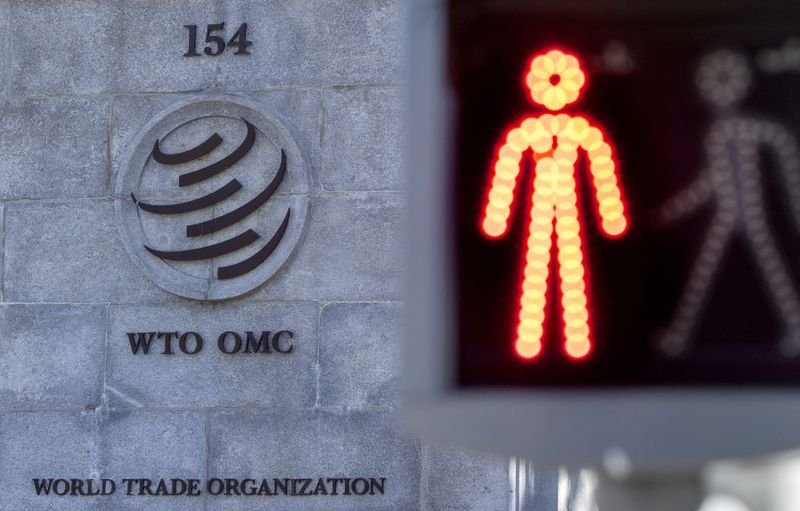WTO Reverses Prior Ruling in EU-China Intellectual Property Case
The World Trade Organization (WTO) has recently amended certain elements of its earlier decision regarding a longstanding intellectual property dispute between the European Union (EU) and China. This adjustment has significant implications for international trade relations and the enforcement of intellectual property rights.
Background of the Dispute
The conflict between the EU and China has been ongoing, focusing on allegations by the European Union concerning China’s inadequate protection of intellectual property rights (IPR). The EU contended that Chinese policies and practices allowed for significant copyright infringement and counterfeiting, harming European businesses and stifling innovation. The EU aimed to ensure greater compliance with international intellectual property standards.
WTO’s Initial Decision
In an initial ruling, the WTO acknowledged some of the EU’s concerns, affirming that certain Chinese policies were indeed detrimental to fair trading practices. This ruling was seen as a critical victory for the EU, bolstering its position in negotiations and discussions focused on safeguarding intellectual property rights on a global scale.
The Latest Revisions
Following the examination of additional evidence and consultations, the WTO has revised portions of its previous ruling. The latest decision took into account arguments from China, which challenged the interpretation of the evidence presented by the EU. The WTO’s amendment reflects a more nuanced understanding of the complexities involved in the enforcement of intellectual property rights in different jurisdictions.
Implications for Trade Relations
This reversal holds significant ramifications for both the EU and China. For the EU, while the initial ruling provided some relief, the adjustments introduce new challenges and uncertainties in enforcing intellectual property rights within China. The EU must now navigate its relationship with China carefully, balancing its demands for adherence to international IP laws with a recognition of the evolving landscape of global trade.
For China, these changes represent an opportunity to strengthen its stance in trade negotiations. By successfully challenging aspects of the WTO’s original ruling, China can position itself as a more favorable trade partner, eager to collaborate on international standards while also protecting its own economic interests.
Industry Reactions
Business leaders and industry associations on both sides have expressed mixed reactions. Some EU industries are concerned about potential impacts on competitiveness and innovation if intellectual property rights continue to be inadequately enforced. Conversely, Chinese manufacturers are optimistic about a more lenient approach from the WTO, as this could allow for greater flexibility in compliance and innovation within their markets.
The Path Forward
Moving forward, both the EU and China will likely engage in renewed discussions to address these intellectual property issues. Stakeholders are hopeful that a constructive dialogue can lead to more robust regulations and practices that benefit both parties. Enhanced cooperation could potentially reduce trade tensions and foster an environment conducive to innovation and fair competition.
Conclusion
The WTO’s revision of its previous decision in the EU-China intellectual property dispute underscores the complexities of international trade and IPR enforcement. Both parties are now faced with the task of reassessing their strategies in navigating global commerce amid these developments. As the landscape shifts, effective communication and collaboration will be crucial for fostering a balanced approach to intellectual property rights in international trade.
By understanding these dynamics, businesses and policymakers can better prepare for the evolving challenges and opportunities presented in this crucial area of global commerce.
